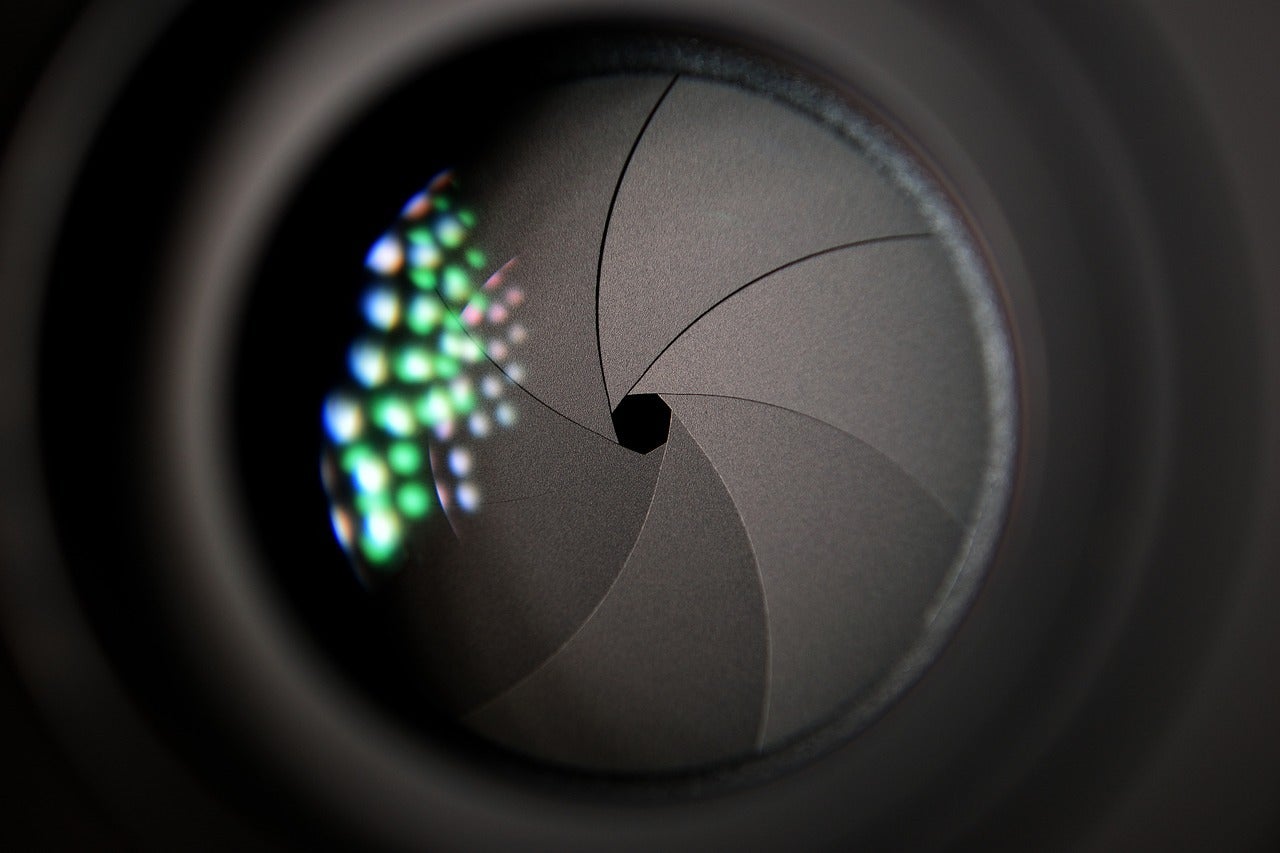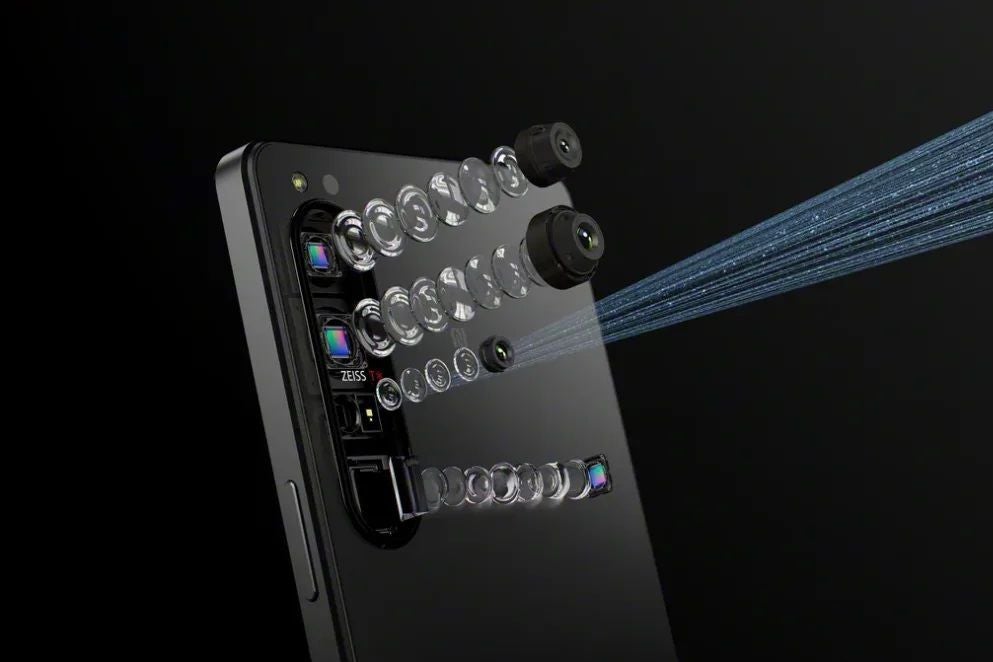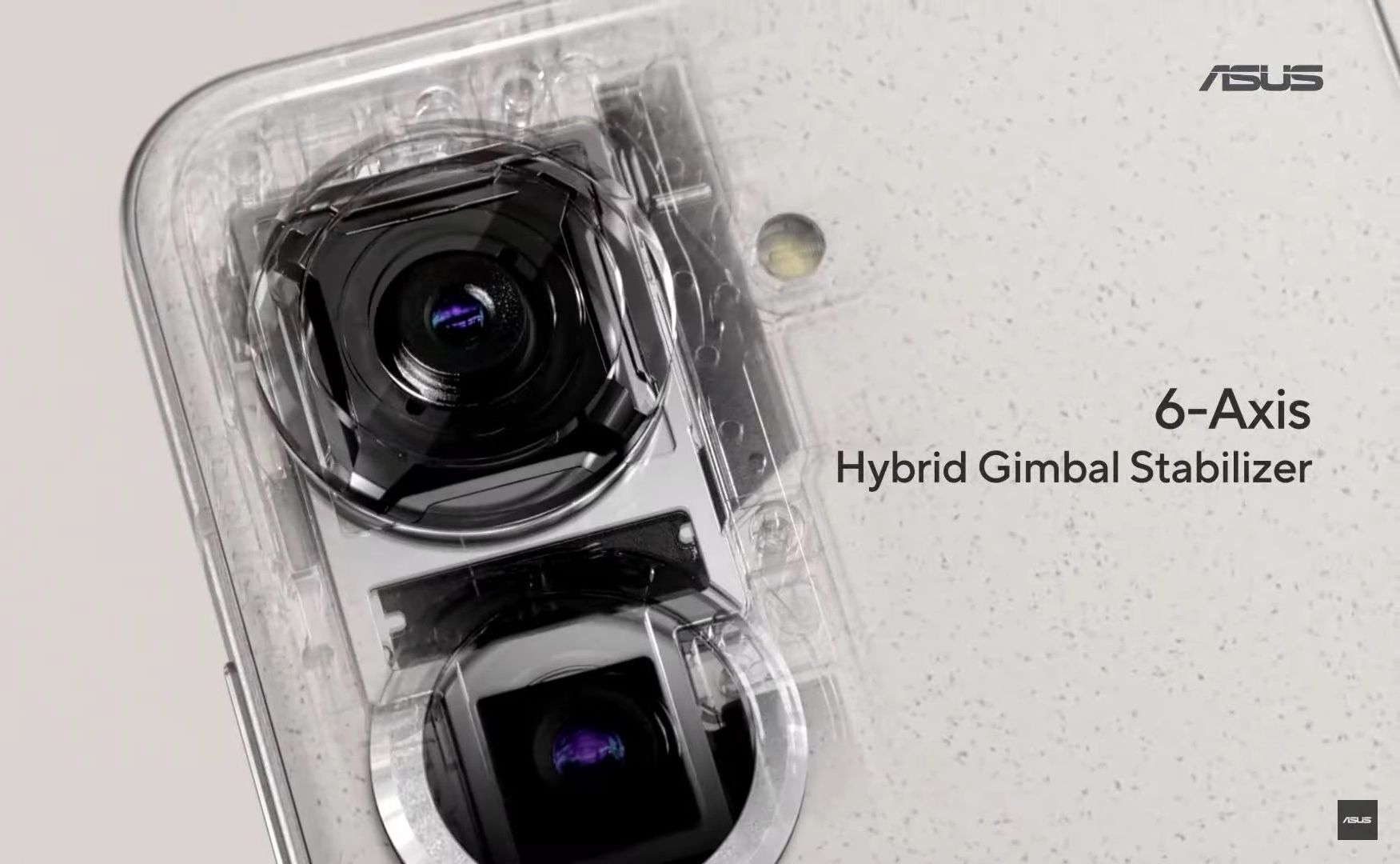We’re just days away from the official announcement of one of the most anticipated smartphone series of the year: the
! The interweb is slowly turning into a secret Galaxy ad campaign with all the leaks and rumors, but that’s neither surprising nor anything new.
Samsung is sticking to the familiar formula and releasing three devices: the Galaxy S23, the Plus, and, of course, the behemoth—the Galaxy S23 Ultra. This spiritual Galaxy Note successor is the phone most people are excited about, and for a good reason – Samsung bakes all the innovation into its top model.
Smartphone innovation is not dead!
The topic of smartphone innovation is huge and as controversial as driving an old diesel pickup truck. Some say we’re getting the pinnacle of technology in our modern phones, while others prefer to take the skeptical side and view most new smartphone models as carefully planned incremental upgrades.Well, both sides might have some valid arguments, but there’s no denying that most of the smartphone innovation these days goes into the camera system. With that being said, we don’t know the exact specs of the Galaxy S23 Ultra, but chances are that Samsung has missed the opportunity to push camera innovation a bit further.
Over the past year, I’ve had the chance to try out some serious and pretty cool camera features on different phones. If the Galaxy S23 Ultra had the guts to use all of them, or at least some of them, I think it would have been impossible to beat. Of course, that being said, we still don’t know the final specs, and we should be careful despite all the leaks and rumors because Samsung might surprise us in the end.
Playing it safe vs playing it bold

Before delving into the details, let me explain. Samsung already has a huge market share and a loyal fan base. Which is a two-edged sword in this case. All of the cool camera features that we’re about to look at are pretty niche and have appeared on somewhat niche devices. Remember when Space Zoom first arrived on Galaxy phones? The hype was immense! In contrast, all the cool camera features that launched on the aforementioned niche devices were seen as just gimmicks. Had Samsung decided to “borrow” some of them and bake them into the Galaxy S23, it would’ve pushed the whole industry forward, and fast. However, the probability of that is slim at best.
But it is what it is, and the Galaxy S23 Ultra is already packed and ready to go, hiding in the darkness of store rooms and warehouses. The exact camera specs will remain an uncertainty until the official reveal on February 1st, so we’re going out on a limb here and thinking the S23 Ultra won’t get any of the following cool features. But anyway, here are the three camera features that would’ve made it great (again).
Variable aperture

One of the most visible effects tied to aperture is depth of field. A smaller hole (larger aperture numbers) results in a deeper depth of field, allowing focus on distant objects. And vice versa: a larger hole (smaller aperture numbers) makes background objects blurry because the depth of field is more shallow.
This leads us to the ever-sought-after “bokeh” effect in smartphone photography. It brings the main object of the photo front and center and adds a “professional” touch to the whole frame. Smartphone manufacturers have been trying to do this via software algorithms, mainly because it’s easier and cheaper than a dedicated variable aperture system, but there are artifacts and imperfections in such a solution, and nothing can rival a good optical bokeh.
Behold the Huawei Mate 50 Pro—the first phone with a truly variable aperture! This underrated and unpopular phone (mainly due to political reasons, but we won’t delve into this) shoots the best bokeh ever. Period. Just take a look at a few examples below.
Now imagine this system on the Galaxy S23 Ultra, with its already benchmark-setting cameras. I just can’t wrap my head around this: Samsung is supposed to try and out-innovate Apple, beating the Cupertino company at its own game. And the expertise is already there: Samsung already has a working system in the Galaxy S9. With some tweaking, we could’ve gotten a great portrait mode on the Galaxy S23 Ultra. Unrivaled (well, if we exclude the Mate 50 Pro, of course).
Variable optical zoom

All praise Sony for trying the unimaginable and bringing moving optics to smartphones! Well, that might sound a bit over the top, but the Japanese brand stuck to its guns and innovated the hell out of the camera system in the Xperia 1 series.The Xperia 1 III was able to switch between two focal lengths, 70 mm and 105 mm, adding some flexibility to an already great camera system. Sony didn’t stop there. The next iteration achieved true variable zoom between 85 mm and 125 mm.
And it has nothing (or nearly nothing) to do with zoom. Yes, 125 mm is pretty good and can help with snapping a bird or other wildlife creature, but it’s much more about framing flexibility. You’re effectively cropping in real time on an optical level. There’s no need to imagine it in your head, do post-processing, or move around to get the perfect focal length. Now, if you apply the same technology to the Galaxy S23 Ultra and add the Space Zoom, you’ll get everything. The best of both worlds: insane zoom levels and increased framing flexibility.
Gimbal stabilization

Most people might be tempted to think that passive optical image stabilization, paired with some clever cropping, is good enough on a smartphone. That’s because they haven’t tried the Zenfone 9! Let me tell you a short story.
My wife works as a line producer at a movie studio. One day, after a late night shift, she called with an urgent and trembling voice. She needed some sample clips shot for a commercial to show the client locations and landscapes at night. It had to be done immediately and sent to the client the next day.
All the cameras and gimbals were unavailable at the time (being used in other locations), and we couldn’t buy anything on the spot as all shops had closed. I grabbed the Asus Zenfone 9 and we did all the samples with it, using the built-in gimbal.
My wife got the client, and she was so impressed with the Zenfone 9 that she bought one a few weeks later as a backup in case something similar happened again. Now, if the Zenfone 9 is good enough for a movie production studio, it should be good enough for everyone.
Conclusion
At the end of the day, we have to play with the cards we’re dealt. The Galaxy S23 Ultra will conquer many charts and lists and probably sell well, too. The most annoying thing about this situation is that all of these features and technologies already exist, and they all make smartphone photography objectively better.
There’s still some uncertainty about whether or not Samsung has the ability to surprise everybody by announcing the Galaxy S23 Ultra with any of the aforementioned features. If that should happen, I’ll be genuinely happy and prepared to write a letter of praise to Samsung’s HQ in Seoul.
What do you think about it? Do we need these features on all of our modern smartphones? Are they really important or just gimmicks? And do you think there’s a real probability that Samsung would implement any of these features?

